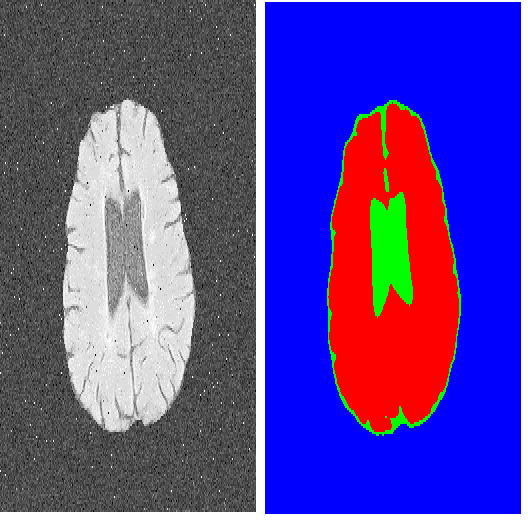In medical image segmentation, supervised deep networks' success comes at the cost of requiring abundant labeled data. While asking domain experts to annotate only one or a few of the cohort's images is feasible, annotating all available images is impractical. This issue is further exacerbated when pre-trained deep networks are exposed to a new image dataset from an unfamiliar distribution. Using available open-source data for ad-hoc transfer learning or hand-tuned techniques for data augmentation only provides suboptimal solutions. Motivated by atlas-based segmentation, we propose a novel volumetric self-supervised learning for data augmentation capable of synthesizing volumetric image-segmentation pairs via learning transformations from a single labeled atlas to the unlabeled data. Our work's central tenet benefits from a combined view of one-shot generative learning and the proposed self-supervised training strategy that cluster unlabeled volumetric images with similar styles together. Unlike previous methods, our method does not require input volumes at inference time to synthesize new images. Instead, it can generate diversified volumetric image-segmentation pairs from a prior distribution given a single or multi-site dataset. Augmented data generated by our method used to train the segmentation network provide significant improvements over state-of-the-art deep one-shot learning methods on the task of brain MRI segmentation. Ablation studies further exemplified that the proposed appearance model and joint training are crucial to synthesize realistic examples compared to existing medical registration methods. The code, data, and models are available at https://github.com/devavratTomar/SST.
翻译:在医学图像分割中,监督深层网络的成功是以需要大量标签数据为代价的。在要求域专家仅批注一组图像中的一种或几种图像是可行的的同时,对所有可用的图像进行批注是不切实际的。当训练前深层网络暴露于不熟悉分布的新的图像数据集时,这一问题就进一步恶化了。利用现有的开放源数据,用于数据增强的自动传输学习或手调控技术,只能提供亚优的解决方案。通过地图分隔法,我们建议采用新的量控自我监督学习数据增强,能够将体积图图像分解成一个或几个图像组,通过从单一标签图解图解图解转换到未标记的数据组。我们的工作中心基调得益于对一发式基因学习的综合观点和拟议的自我监督培训战略,将卷积图像和类似模式组合在一起。我们的方法不需要在更深层图像合成时输入数据组的代码。相反,它可以生成多样化的体积图解图解图像拼配模型,也可以通过先前的系统化数据配置方法将现有数据转换成一个不同的系统。





